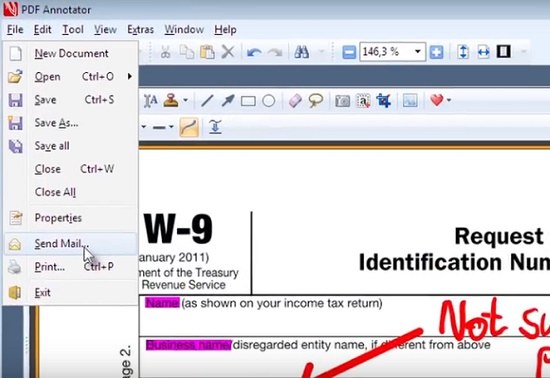

This data is further used to create 3D models and maps of the objects and the environments.Īccording to research, from 2020 to 2027, the global LiDAR market is expected to grow at a CAGR of 20.1 %, reaching $2.90 billion. It operates using pulsed laser energy to gather data about the surrounding environment and objects in it, and measure ranges. LiDAR, short for Light Detection and Ranging, is a remote sensing technology used to investigate the surface of the Earth. One of the most popular methods in remote sensing is LiDAR. The researchers achieve this by using special cameras that measure reflected and emitted radiation from a distance on remotely sensed images. To give you an idea, remote sensing is the process by which researchers can detect and monitor the physical attributes of an area and help them sense what’s happening on our planet. It’s quite an extensive and diverse discipline that is applied to many industries today.

Remote sensing gives us the ability to observe the Earth and reach previously unexplored areas. That’s right, today we’re going to talk about remote sensing, particularly about one of its many methods, LiDAR. But what if we look at AI more broadly to see how it can be applied to benefit the entire planet? Or maybe help collect data in areas that humans can’t get to? That is, more scalable and even more impressive AI. So far, we’ve looked at artificial intelligence in the context of each specific industry that tries to keep up with the latest technological trends. Summary: What Is the Future of Remote Sensing with LiDAR? See the 3D Velodyne point clouds in KITTI's dataset for example.LiDAR Annotation: Label Your Data Case Study This version of the app assumes the LiDAR data to be stored in a binary float matrix (.bin extension).Įach column is a point, where the rows are in the following order: x, y, z, and intensity (little endian). Its corresponding table row should also be deleted. Then press the delete or backspace key to delete the bounding box. You can also delete a bounding box by selecting its corresponding row, and the bounding box should turn blue.To change label, just change the value in the dropdown input, and the bounding box's object id will save automatically on input change.Click on the index of a bounding box in the "object id table" and its corresponding bounding box will change color to blue.When a bounding box is selected, the input for its corresponding row in the object ID table is focused.To delete bounding box, press the backspace/delete key while the bounding box is selected.Then click somewhere strictly inside a bounding box, and the borders will turn blue. You can tell it is hovered if it turns red. To "select" bounding box, first hover above it.To rotate bounding box, click and drag the point that is not a corner vertex (it should be between two corner vertices) and box will rotate with the point.It will turn blue if your mouse is close enough to it. You can only click and drag on a corner vertex if it is blue.To resize bounding box, click and drag the "corner" vertices.Click and drag to draw a bounding box and release to set it.(Note: While in "2D move" mode, hold the control key to be in "draw mode") You can also adjust the height of the 3D bounding box with ctrl down and click and drag the center point.You can label objects in "3D" mode (see "labelling bounding boxes").Left click and drag to orbit around the point cloud.To export your bounding boxes, click on the "save" button to the top-left.See "Controls" section to learn more about user interface. To draw a bounding box, starting recording first and then simply hold mouse down and drag across the screen with your ctrl down.To launch the app, use python to run the app.py in app/ folder.3D LiDAR Annotator forked from bernwang/LiDAR-annotator


 0 kommentar(er)
0 kommentar(er)
